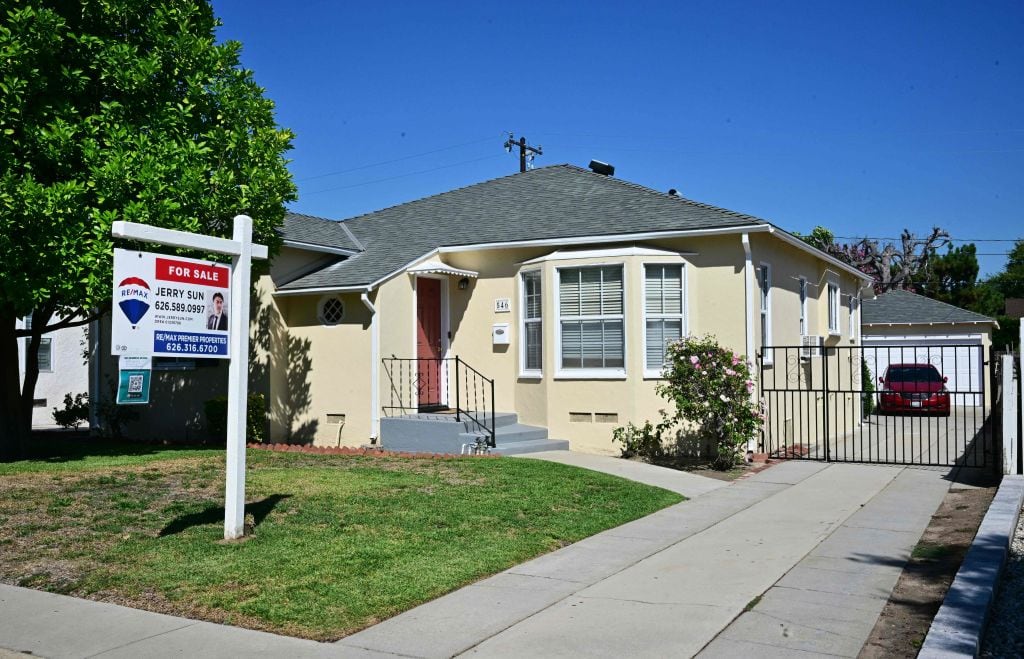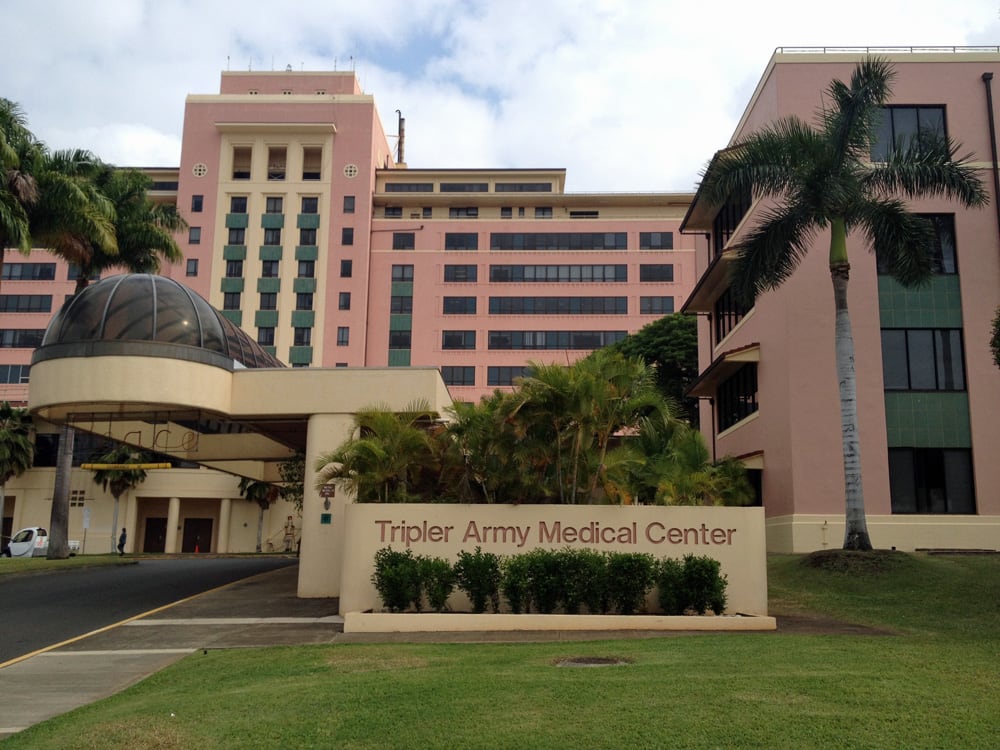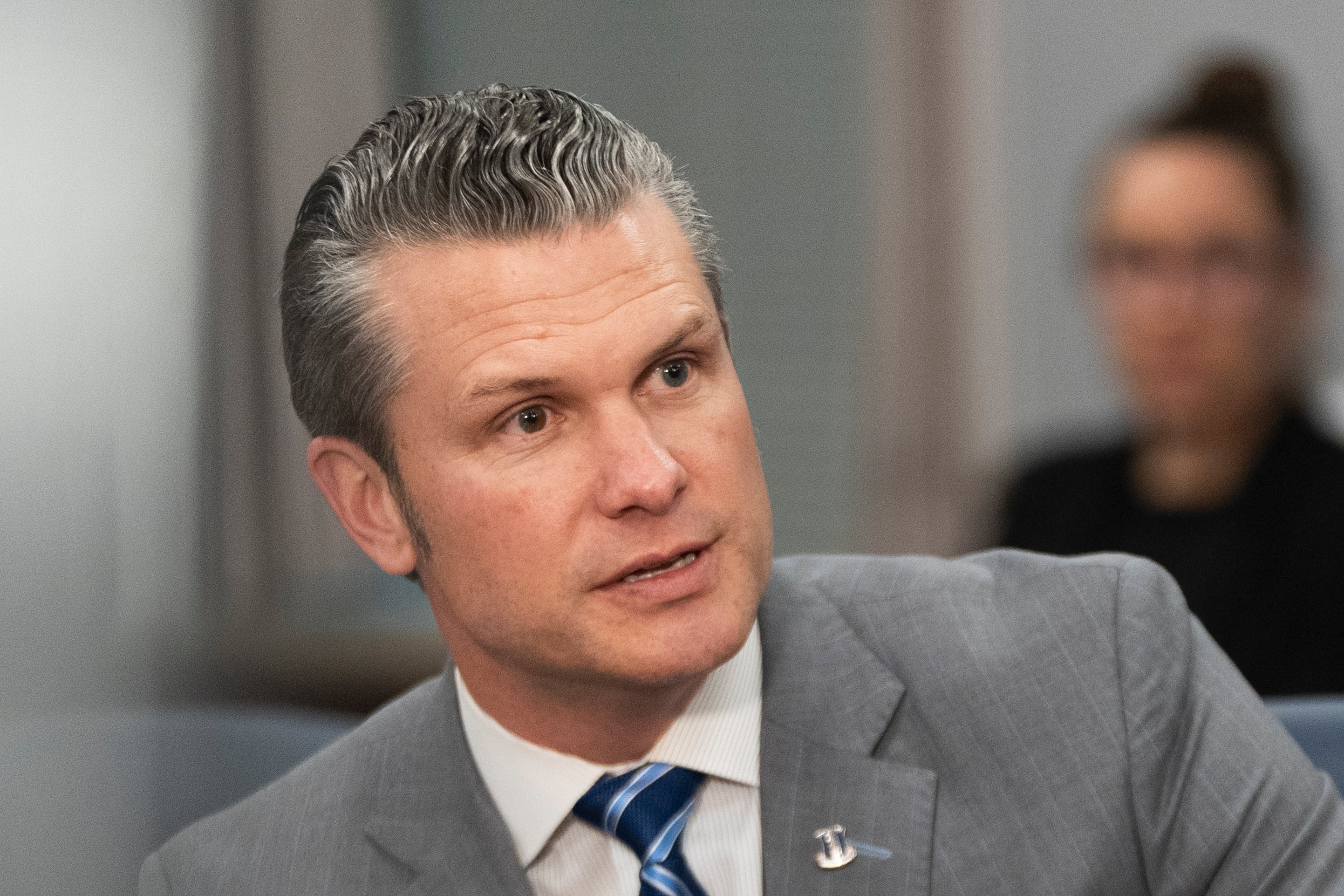BECKLEY, W.Va. — Harold Stone wakes up every day and walks two miles. For most 95-year-olds this would be a difficult task. But no, not for Stone.
Stone remains in Beckley, and has for the majority of his lifetime. However, from 1943 to 1946, he served overseas in WWII in the Army. This makes Stone the only living WWII veteran, that he knows of, in the Beckley area.
In today’s time, men and women enlist in the military, but back in Stone’s time, you were drafted. That first happened to him before he even graduated from high school. He told the Register-Herald he recalls being pulled into the principal’s office and being told the news.
“I attended Woodrow Wilson High School when it was located over on Park Street in Beckley,” Stone recalled. "I was drafted, and I remember going to the office at the school, and my principal complaining to someone on the phone about it. Somehow or someway, I got out of it, but only for the remaining three weeks I was in school.
“After those three weeks were up, I graduated and I was off.”
Stone never recalls feeling scared, or worried to go fight in war, but rather remembers a sense of being proud. He said, back then, things were different. It was an honor to fight for your country, rather than a worry.
The beginning of his time in the military began in Fort Thomas, Kentucky, for basic training. From there, his service sent him to several areas across the U.S. including Illinois, Georgia, Kansas, and Mississippi.
“I remember when we were in Mississippi, they sent us there for more readiness to go overseas. At that point, we really didn’t need it, but we went anyways. Then, it was time for Guam.”
Stone was sent overseas to Japan for the Battle of Guam, a prominent event of WWII. The Second Battle of Guam was the American recapture of the Japanese-held island of Guam, a U.S. territory in the Mariana Islands captured by the Japanese from the U.S. in the 1941 First Battle of Guam during the Pacific campaign of World War II.
Before getting to Guam, Stone and fellow soldiers were shipped out of Seattle on a boat. They had no idea where they were going, or when they would get there.
"At that point, we didn't know we were going to Guam. We were on the boat for three weeks before we got there. Three weeks, can you believe that? It took so long because Japanese ships tried to sink us and blow us up while we were out at sea on the way there," he explained.
With uncertainty of where they were going, uncertainty also remained with the officials waiting for them to get there. According to Stone, they just had to wait for them to arrive, unsure if they would even get there.
“They had no records of how to find us out there, or see where we were, or when we’d get there,” he said. “It was a different time back then. Everything was a legal pad and pencil, no computers or anything like that.”
Stone often carries around a spiral bound book filled with artifacts and information from his time in the war. Made for him by his son-in-law, the book contains research found on events Stone actually took part in, including his time at the Northwest Field in Guam.
As he flipped through the pages of his book, Stone stopped at a black and white photograph and pointed. The photograph was of a military airfield, Northwest Field, which was constructed in 1944-45 on the northwest point of Guam to carry out a bomb campaign against the Japanese.
“We worked to build the field in 31 days,” Stone said. “Thirty-one days, that seems like no time at all to build a field so big.”
Northwest Field was where Stone was when he witnessed the largest plane he had ever seen — a B-29 Superfortress, a four-engine airplane that was able to carry a 10-ton load of bombs, he said.
“Sometimes we could barely get it off the ground, it was so heavy,” he said.
In Guam, life was different, Stone said, offering the example of how the only time soldiers got showers was when it rained, and it wasn’t uncommon to wake up face to face with a gecko.
“Those little suckers got all up in your business everywhere out there,” Stone said, laughing.
One thing Stone remembers the most, the most prominent memory for him during his time in Guam was being in an airplane, witnessing the Japanese government and Allied forces on USS Missouri in Tokyo Bay to sign the Japanese Instrument of Surrender, which effectively ended World War II.
The event occurred on Sept. 2, 1945, and from a plane several feet off the ground, Stone sat, peering out the window. He sat, wrinkling his brow, discussing the events of that moment.
“When you see things like that in the moment, it doesn’t seem like a big deal until after the fact. But that was the moment it ended, and when you think about it now, that’s something huge.”
Since his time back from WWII, Stone remained in Beckley. He married and has five children. He currently lives with his daughter, Karen, and wakes up every day to walk those two miles on a trail in Skelton.
“I’ve lived a long, good life.”




